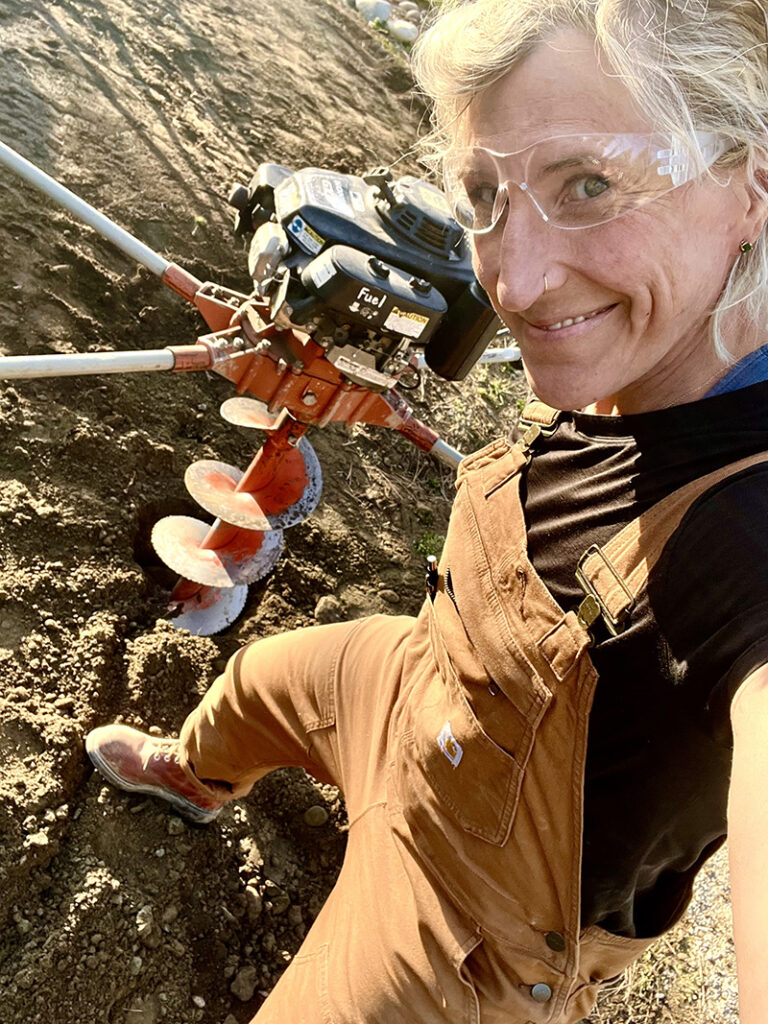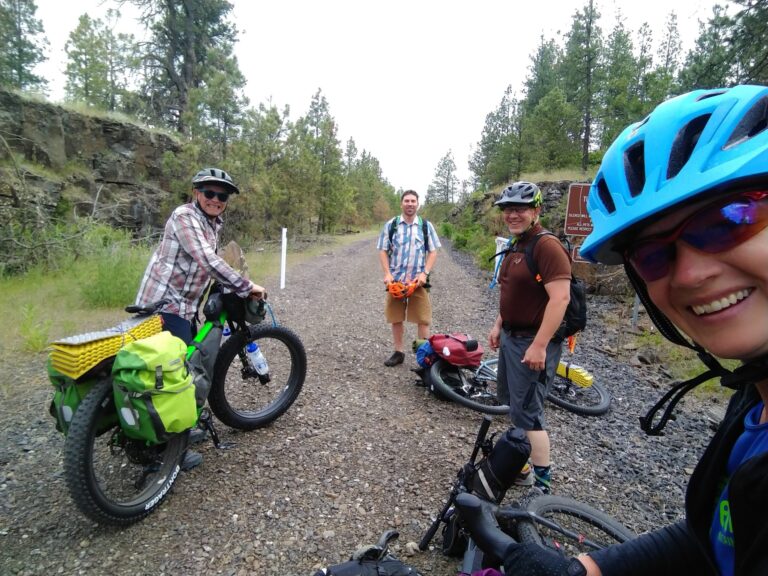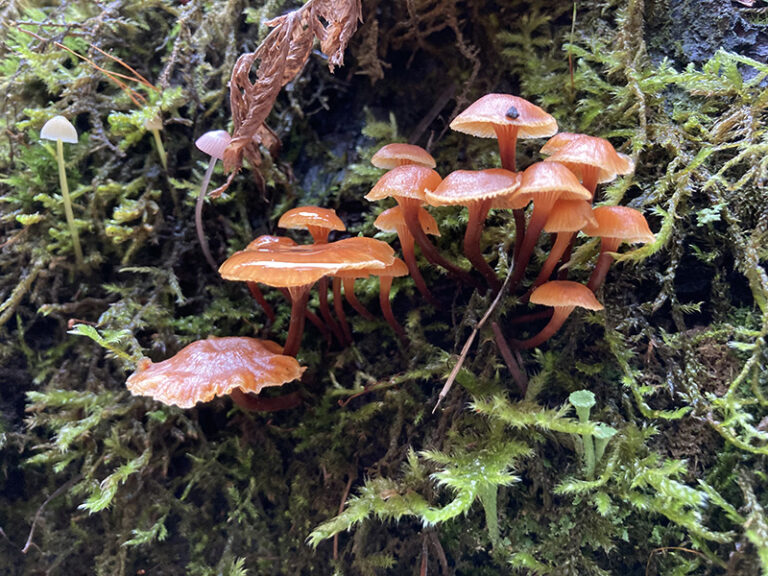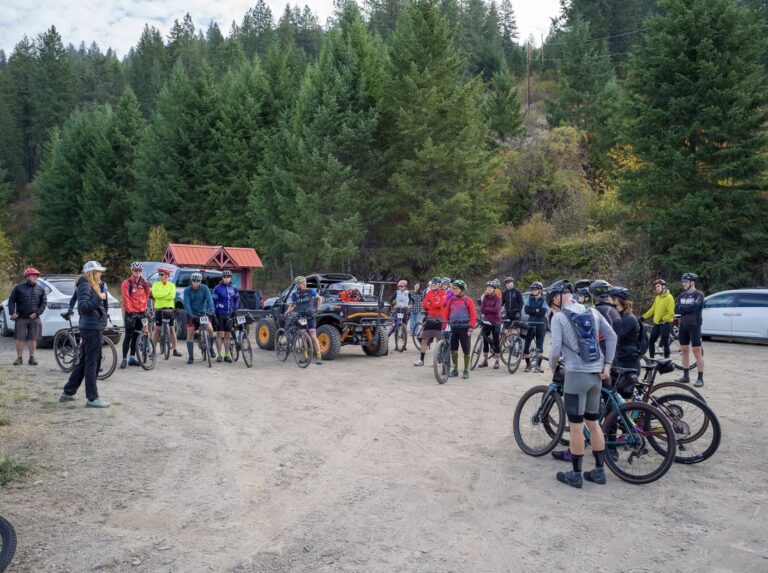By Ammi Midstokke
Cover photo courtesy of Ammi Mdstokke
After years of semi-successful gardening with a low bar, I consider myself a connoisseur of radishes, interbred squashes and edible weeds. The latter being a speciality of mine because weeds are what I most effectively grow. Though I have read many gardening books, I’ve retained very little. If I plant a garden based on companion planting, an aphid plague appears. If I focus on aphid mitigation the next year, some mold appears. And it does not seem to be true that, despite the book’s title, carrots love tomatoes.
I have decided that the simple foundation of a garden is what supports the amateur gardener in having a less devastating, or expensive, annual experience. Here are my Basic Rules for Winning at Gardening:

- Keep out critters. When you’re building your garden, it’s the critters that can destroy months of hard work in a single night. If you have deer, make sure your fence is high enough. If you have rabbits, make sure your fence is narrow enough. If you have raised beds, line them with chicken wire. If you see an aphid, use Neem Oil spray and buy a bunch of ladybugs. If you see slugs, they will make condos out of your cabbage: Sharp mulch, such as pine bark and eggshells, is a great deterrent. Some people call it a garden; I call it a vegetable fortress.
- Have the right ingredients. Soil, water, and sun: These are the three ingredients of every plant. Some need more or less, but remember, we’re beginners, so we’ll start with the less finicky frisée before we get to specialized salads. The best gardening investment I ever made was an automatic watering system (known as “my husband”— then he replaced it with a drip system). It was amazing to see my plants still thriving in August long after I cared about gardening anymore.
- Start small and pace yourself. It’s true that I dedicated a significant portion of my life each spring to nursing seedlings and drafting gardening diagrams and scouring seed catalogs. By July, I’d be tired of weeding. By late summer, I could hardly bother to water. Consider what parts of gardening you love (harvesting and eating) and which parts you loathe (critter control) and plant your garden accordingly. For example, this spring we’ll dedicate much time to building a new garden, so we’ll purchase starts at the farmers market rather than try to grow them.
- Consider the comfort of raised beds. These are amazing when it comes to managing pests, but also lovely for their accessibility benefits. The deep soil allows for dense growing, so you get more garden out of small spaces that are easier to maintain. After much research on metal versus wood, I opted for metal beds this year for their low maintenance, easy movability, and durability.
- Grow what you like to eat. Aside from the mental and physical health benefits of gardening, not to mention the potential decrease in your summer lettuce costs and plastic waste, there is nothing quite like wandering into your yard to pick food for dinner. So grow the things you love and slowly expand from there. Just remember, you can only eat so many tomatoes.
Ammi Midstokke lives on a sunny slope in North Idaho. Her new garden fence can withstand moose, hurricanes and foraging Sasquatch. This summer, she’ll be growing some new radish varieties and maybe even some beets.













